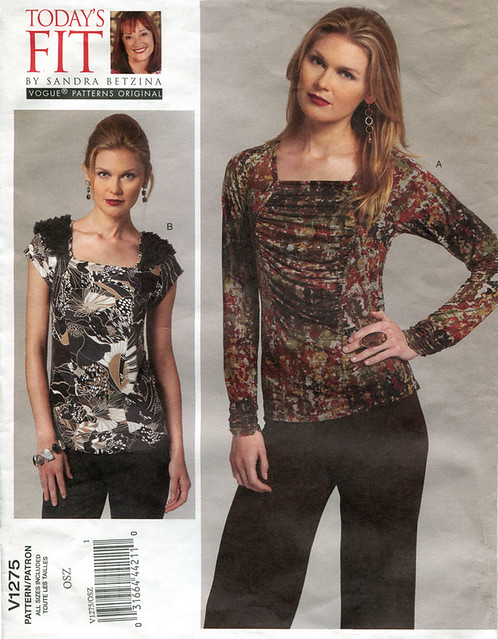Last year's eleven books have been read and discussed, and now a new slate awaits.
I appreciate being part of a group of readers who are willing to read out of their comfort zone. Occasionally there are some grumblings about the number of "depressing" books we've chosen over the years. So why do we choose to read them, these stories about desperate lives, dangerous places? Interestingly, if you do a Google search for "depressing books" you'll find a host of responses, some arguing for their various benefits, others swearing off of them altogether. One blogger said she was glad she read "tough" books when she was younger, because they improved her in various ways, but now all she wants is to be entertained.
Well, don't we all like to be entertained? I like mysteries, which usually involve a violent death, not really a pleasant subject when you think about it, yet definitely entertaining if well written. But what I want out of my precious reading hours more than entertainment is enrichment. I want to fill my mind with knowledge and understanding of other lands, other cultures, other times. I want to see them, experience them through narrators and characters different from myself, or sometimes much like myself. And often that world within the book is one where I would not want to be in actuality, but that may be exactly the point. Why is this world the way it is, and what do I learn from that?
I came across a somewhat tongue-in-cheek
article in the Telegraph in which the author suggested that dark and depressing novels ought to make people glad about their relatively benign lives. " Try 400 volts of pure Thomas Hardy and count your blessings that you're not Jude The Obscure." I think that all of us in my bookgroup would agree with that. After reading about a slum community in contemporary India in Katherine Boo's
Behind the Beautiful Forevers, a memoir of life in war-torn Vietnam in
The Eaves of Heaven by Andrew X. Pham or the settling of Australia's New South Wales in Kate Grenville's
The Secret River, we certainly have a greater appreciation of our own good fortune, as women living here in this time and place. We also believe that these books are important for opening our eyes to and increasing our empathy for the infinite variety of other lives.
Do I feel like all the books that we've read have been "worthwhile?" I must say that there have been some I'd only force my worst enemy to read (except he or she might like them!), but, once again, the great thing about a book group is that we can discuss things in the books that disturbed us, that we disagreed with, that we disliked. And someone else's point of view might just give us a different and illuminating perspective on a "difficult" book.
Of course, who would really like reading if reading were only about books that were "good for you"? I also found in The Telegraph a list of
100 novels everyone should read, of which I've read about half. Some, such as
My Name Is Red by Orhan Pamuk and
Austerlitz by WG Sebald, were bookgroup selections, but many others –
Anna Karenina by Leo Tolstoy,
The Portrait of a Lady by Henry James,
Tess of the D’Urbervilles by Thomas Hardy,
Things Fall Apart by Chinua Achebe,
The Tale of Genji by Lady Murasaki – I read because I wanted to know what was in those renowned books, and I read them enthralled from first page to last.
Some books do take getting into, adjusting to their unusual rhythm, altering your expectations. And sometimes a book just plain disappoints. Even when that happens I tend to slog through to the end. (Maybe there's a correlation between that and eating everything on your plate, something I happily did without being forced to.) As always, I'm looking forward to reading all of these books, even the ones I didn't vote for. Discovering a good book that I would never have considered on my own is also one of the pluses of being in a book group. I invite you to come join us on our reading journeys, in person if you happen to live in the Dallas area, or wherever you are in the world online.
Here's a look at our selections for the past three years.


























